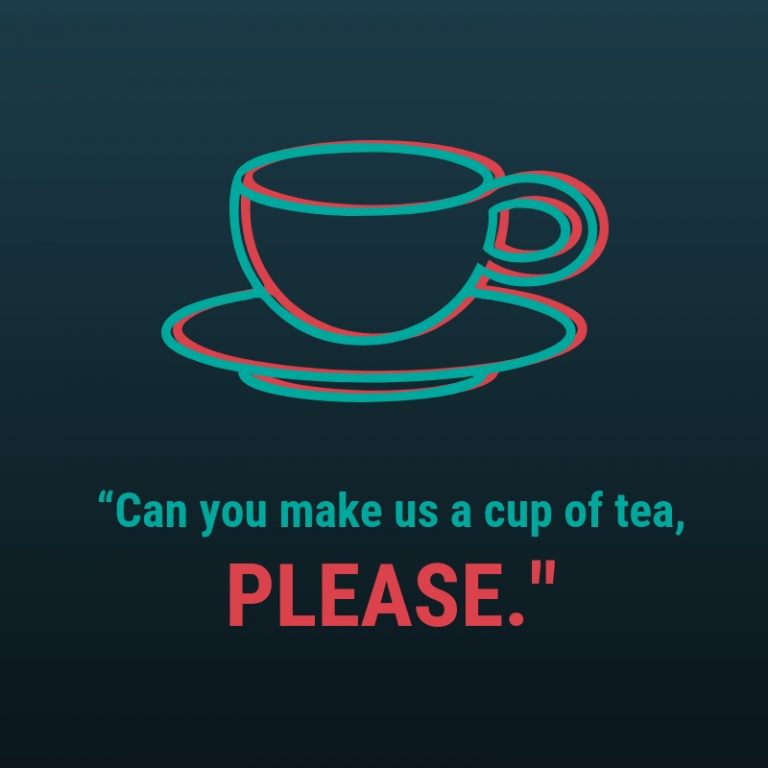Getting Personal: The Customer Experience
How often do you actually really listen to your customers? As a salesperson, listening is one of the most advanced parts of the selling process that you can have. Understanding your customers by listening correctly can be a very rewarding tactic that you can apply to your sales practices. If you are not effectively listening to your customers and identifying their needs then quite simply you won’t be selling effectively either. This whitepaper examines the factors that contribute to effective customer communication and the benefits of listening correctly.
Listen Up
All the top salespeople share one common factor – they are great listeners. The ability to actively listen has been attributed to vastly improved capabilities of many sales professionals. Listening intently and applying active listening to your sales repertoire will enable you to hear and understand just what your customers are really saying. By becoming a better listener, you will not only enhance your productivity, improve your ability to influence and negotiate but also reduce any misunderstanding that can occur through miscommunication. So let’s go back to the original question – how often do you actually listen to your customers and hear what they are really saying? So often sales people, whilst in a selling situation, get so focused on delivering their message and winning a sale that they forget to question their customers or listen to them.
Many of us are guilty of pushing our own agenda and trying too hard to convince customers of a sale rather than actually discovering what it is exactly they need. How often do you, when talking to a customer, find yourself so keen to say your ‘bit’ that you give up listening until you can pitch in? Or instead of listening to what your customer is saying, you wait to hear what you think is about to be said and, therefore, spend your listening time anticipating. Don’t presume that what is central to your agenda is the same as what is important to your customer’s desires, in most cases, it isn’t.

Say That Again
By turning the focus upon your customer you will discover just how you can best fulfil their wants and needs. Ask what it is they want and truly listen to what they say and then give them the right information that answers their needs. See your role in this exchange as an information giver and not a convincer. Share with them your knowledge of all the products you have. The products that best suit them, not what suits you or your targets. A great customer is an informed one. A customer who makes educated choices that fully supports what is best for themselves, as a buyer, will become a loyal one. By sharing the knowledge and benefits of your products openly you will allow your customer to decide on their own buying choice for themselves with the information they have received.
Gaining a sale is much to do with the trust and the relationships you build with your customers. These relationships will allow you both to benefit from the exchange. This effort will reflect in the vast improvements you will see in your sales. Selling successfully is simply not about your wants, but how you best fulfil your customers wants with your products. By operating from a position of sincerity and integrity you will increase your sales and grow loyal customers time and time again.

Four Candles or Fork Handles?
Many of us have experienced miscommunication on some level at one point or another in our lives. It can be surprising when our verbal messages are interpreted differently to the way we intended them to. Context allows us to understand the correct meaning of the things we say. Taken out of context many things can be misinterpreted.
If you don’t successfully understand your customer’s context then you can’t presume to meet their needs effectively and contribute to a great customer experience. Communicating successfully with others is reliant on ensuring the context we share is the same and that we check our assumptions. It may be apparent to you that you understand what is being said, but do you actually? Taking time to question and clarify your understanding with your customers will not only reduce frustrations and misunderstandings that can occur during conversations but also ensures your customers feel they are being listened too and are understood.
Our own personal word view, expectations, experiences and principles shape how we interpret things. When miscommunication happens this is simply because we misinterpret the message another person is communicating. In the 1970’s, the Two Ronnies filmed a famous sketch about fork handles. Take a look here.
In the sketch, a man comes into a hardware shop and asks for fork handles. The shop owner hears the man ask for four candles and hands him four candles. The pronunciation of “fork handles” sounds a lot like “four candles” so you can see how this has been misinterpreted. Both parties become increasingly frustrated at the breakdown in communication and hilarity ensues.
This sketch offers several lessons in communication and demonstrates miscommunication perfectly. Whether it is spoken or written, how we structure our words can play an integral part in its understanding of them. A good message is a message that is clear and understood without difficulty or misinterpretation. If a customer experiences difficulties in communication or even bad communications because of miscommunication it may lead to them taking their business elsewhere. If they encounter a salesperson who can communicate effectively, listen and understand them easily, they will be more inclined to remain a customer of your business.

Not My Cup Of Tea
Another simple example of when miscommunication can happen can be taken from a very common social situation involving a simple cup of Tea. If you were sitting around a table of four people and someone asked you.
How would you interpret this? Would you make a cup of tea for only the person who gave the request? Would you make a cup of tea for the requester and yourself or for everyone sitting at the table? Would you happily make the cup of tea or would you be offended that you were even asked? In different situations, this statement can be interpreted in many different ways.
Deciphering the meaning of this request would all be down to how you perceive the question, the tonality of the speaker and the relationship you have with them. The way we speak and our chosen words spoken can completely change the fundamental meaning of what we say. This is why we have to take care and ensure our words are not misinterpreted and the person on the receiving end of our message interprets its meaning correctly.
Simply clarifying the meaning of their request, with them, will resolve any doubt you have with which option to proceed with.
Did I Hear You Right?
To improve your listening skills and become a better listener, try applying the below suggestions to the next few conversations you have with your customers. You will see that these simple changes will dramatically change your conversations, customer experiences and sales for the better.
Listen And Learn
When embarking on a conversation make a conscious effort to not only hear the words being spoken but attempt to understand the customers’ message in its entirety. Give your customer your undivided attention and be present in the conversation. Listening to people doesn’t only occur with your ears but also your eyes, be aware of your customers’ body language and gauge their feelings from the signals they give off. Don’t become distracted by external elements and ensure your posture is open and welcoming. Look directly at them during the conversation. Acknowledge what is being said and nod along and smile occasionally when you can.
It’s Not All About You
These simple acknowledgements will demonstrate you are actually listening to what is being said and it will make your customer feel understood.
Encourage your customer to talk about themselves and be genuinely interested in what they have to say. Make the customer feel important and do it sincerely – ensure of a personal experience. Try not to interrupt or counter argue and always let your customer finish what they are saying. At all times, assert your opinions respectfully and clarify your understand of their message before you chime in with what you have to say.
Clarify And Understand
Check what you are hearing and ensure the message you are hearing is correct. Do reflect on what is being said also by asking questions periodically. Try asking “Can I check I understand you?” or repeat back the information you have heard to check you have heard it correctly.
Making this simple effort to listen more deeply demonstrates and lets your customer know you want to hear them and you want to understand them.
Conclusion
An essential aspect of a positive customer experience is proper and effective communication. Communication, and more importantly how we communicate with our customers is vital for sales successes. Understand your customers by listening correctly. Communicating correctly is necessary to ensure the effects of miscommunication do not happen.
Great customer experience is reliant on several factors – understanding, trust, convenience and value. As a salesperson, your attitude, willingness and understanding all contribute to what a customer attributes to great customer service. Getting this right with every interaction, whether it be face to face, over the phone or via email, will lead to a loyalty, repeat sales, recommendations and above all happy customers.
